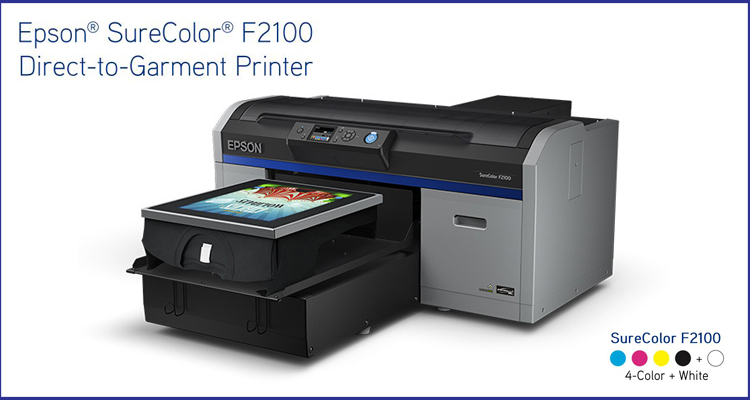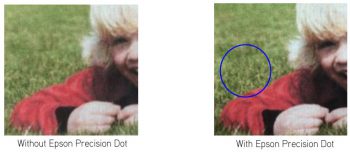As we step into 2024, transformative trends are sweeping across the landscape, and LexJet is at the forefront, foreseeing these changes as key to revolutionizing your business. From cutting-edge technologies to sustainable products, we delve into the top trends that will redefine the industry. Join us as we explore these trends, bringing innovation and paving the way for what lies ahead in the dynamic world of printing.
Dye Sublimation on Fabric
The future of dye sublimation for grand and large format printing, particularly for trade shows, appears promising. Dye sublimation is emerging as a preferred option for décor and apparel due to its unparalleled versatility. The potential of dye sublimation knows no bounds, as it enables the creation of visually stunning prints. Its advantages include not only aesthetic appeal but also practical benefits. The process is user-friendly with the right equipment and substrate, leading to efficient and high-quality printing. Sublimated fabric is lightweight, allowing for easy and cost-effective shipping. The cost-effectiveness extends to production, making it an economically attractive option. Additionally, the sublimation printing process is odorless, can be environmentally sustainable, and offers straightforward installation, positioning dye sublimation as a frontrunner in the future of large-scale printing and trade show displays.
Direct Printing
Direct printing is gaining widespread popularity as an alternative to the traditional transfer process in printing. More and more people opt for direct printing due to its streamlined single-step workflow. This approach eliminates the need for an intermediary step, offering greater efficiency in the printing process. With the right fabric choice, such as UFabrik, and a compatible printer, direct printing allows users to bypass issues like ink migration and coalescence, ensuring a more precise and vibrant output. While finishing, such as sewing, is still needed, the availability of such services from production companies makes it a seamless part of the overall direct printing process. This shift towards direct printing signifies a move towards simplicity, speed, and enhanced quality in fabric printing.
UV Technology
UV printing has emerged as a dominant ink technology alongside dye sublimation, with advancements driven by LED technology. The notable advantage of UV printing lies in its ability to operate without heat, a significant improvement that enhances its versatility. This technology boasts excellent scratch resistance and the capability to print white ink, making it ideal for a wide range of applications. Whether printing on rolls or boards, UV printing offers a vast selection of media at competitive pricing, contributing to its rapid expansion in the printing market.
Sustainable Products
In pursuing sustainability, it has become imperative that eco-friendly products surpass the standards set by their non-sustainable counterparts. Remarkable strides have been made in developing PVC-free or recyclable materials, which now offer not only environmental benefits but also high performance comparable to traditional products. The significant progress in this area is exemplified by products like LINTEC‘s optically clear recycled films. These innovative products not only meet the demand for sustainability but do so without compromising aesthetics or functionality. The competitive pricing of these products makes them increasingly appealing, challenging the idea that sustainability comes at a premium. As the market embraces these eco-friendly alternatives, the landscape is shifting towards a future where sustainable choices are responsible and superior in quality and performance.
Desktop and Home-Based Business Printers
Desktop and small print-and-cut eco-solvent printers have become game-changers for the Etsy market and side-business owners. These printers combine portability, affordability, and ease of use, making them ideal for entrepreneurs looking to establish or expand their creative ventures. The intuitive software accompanying these printers simplifies the printing process, providing step-by-step guidance. This user-friendly approach not only caters to seasoned professionals but also encourages newcomers to the field. The consumer-based workflow these printers offer facilitates the production of a diverse range of products with ease, allowing Etsy sellers and side-business owners to explore and expand their product lines without the difficulty often associated with larger printing setups. These compact and efficient printers empower small-scale entrepreneurs to turn their creative visions into tangible, marketable products.
Direct-to-Film and Direct-to-Garment
The evolution of direct-to-film (DTF) and direct-to-garment (DTG) printing have undergone significant changes in recent years. DTF has taken the industry by storm, capturing its attention with its rapid popularity. Introducing more sophisticated shaker operations and the promise of powderless DTF technologies on the horizon are poised to bring even greater success to this printing method. On the other hand, DTG, despite its longstanding presence in the market, faced challenges such as limitations in printing on polyesters and the necessity to print exclusively on cotton. However, advancements are underway. These advancements hold the potential to not only enhance quality but also drive down pricing, offering consumers a more accessible and higher-quality printing experience.
Where do you want to take your business in 2024? To learn more about new and exciting trends and how to take your business to the next level, contact a LexJet Customer Specialist at 800-453-9538 or visit LexJet.com.



